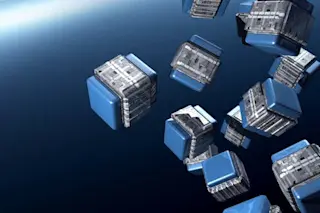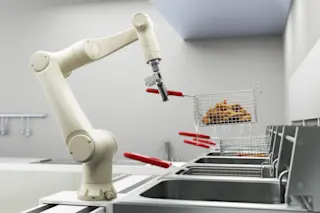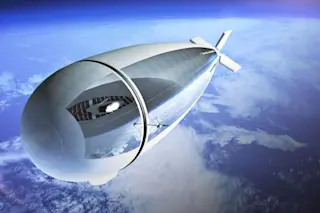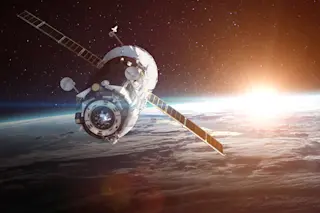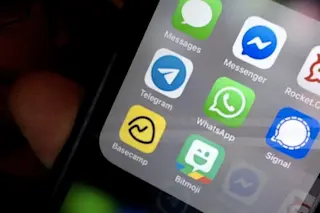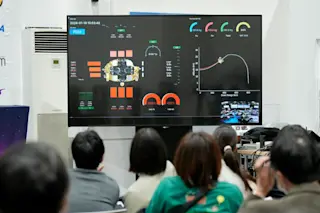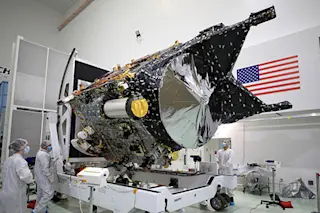Researchers at the University of Cincinnati are developing a new robotic network of spacecraft that could help satellites repair each other in low-Earth orbit. The effort is being led by aerospace engineer Ou Ma, who has worked on projects relating to the robotic arms on the International Space Station and the space shuttle. The team’s plan is to develop a network of robots that can work together to eventually repair a satellite in space. Satellites break easily and often as they orbit Earth, but there’s not an effective way to repair them. So Ma, along with senior research associate Anoop Sathyan, and a group of students, put robots to the test. They had the bots move strings with an attached token to a specific spot on a table. Because the robots can only control one string individually, the other robots had to work together to eventually move the tokens to ...
Orbiting Robots Could Soon Repair Satellites in Space
By repairing and refueling satellites in space, fewer satellites would have to be launched into low-Earth orbit.
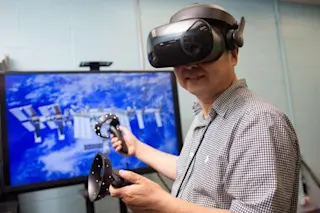
Newsletter
Sign up for our email newsletter for the latest science news
More on Discover
Stay Curious
SubscribeTo The Magazine
Save up to 40% off the cover price when you subscribe to Discover magazine.
Subscribe

